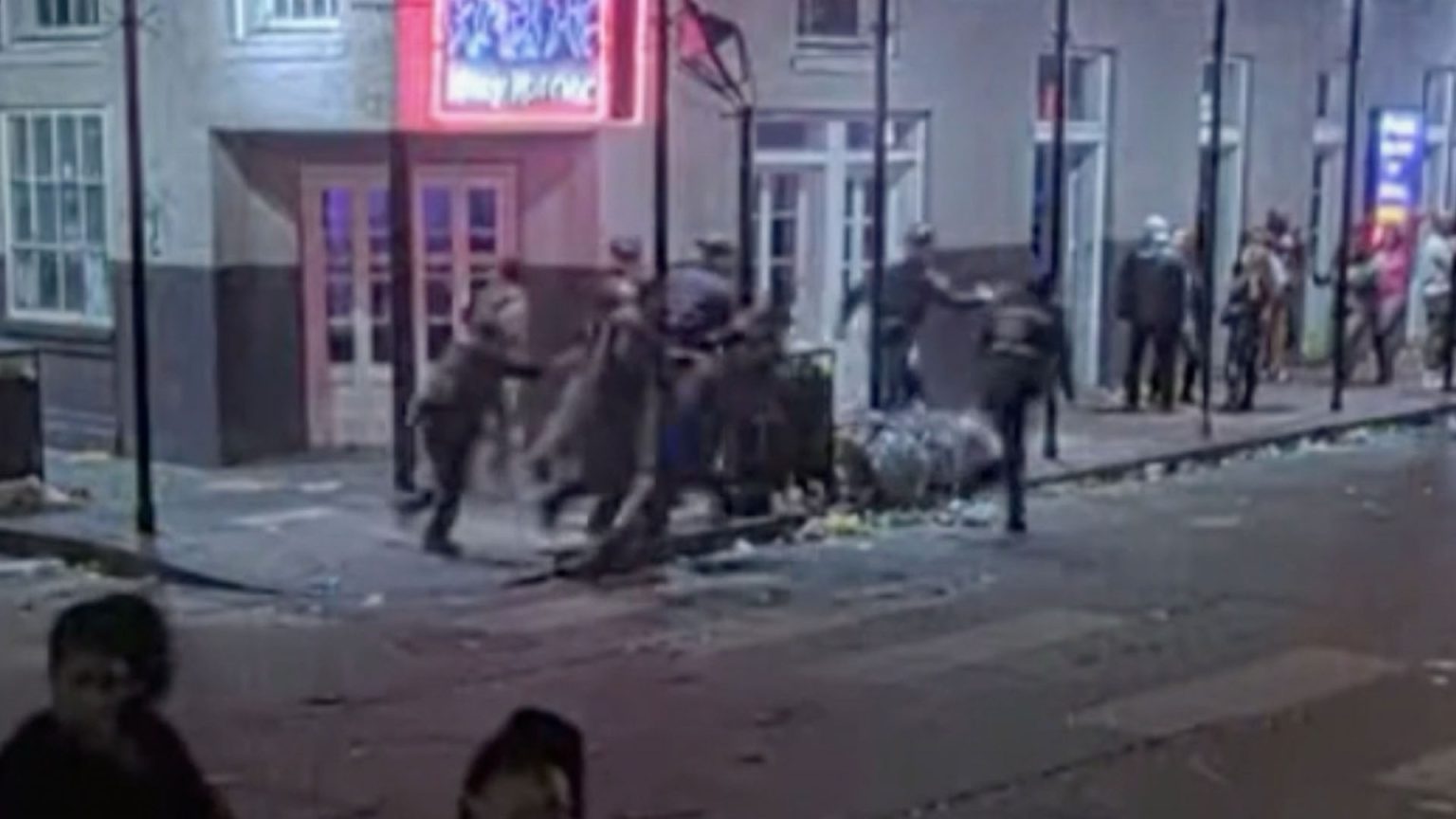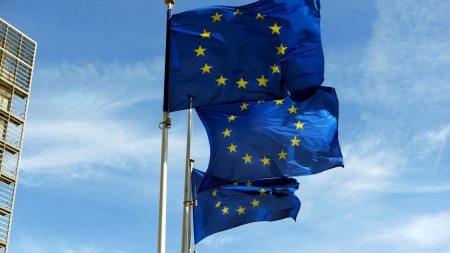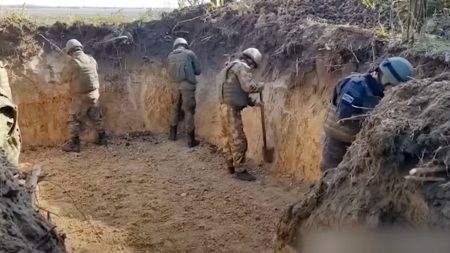The New Orleans Police Department’s (NOPD) swift and decisive response to the New Year’s Eve terrorist attack, where a perpetrator drove a pickup truck through revelers in the French Quarter, killing 14 and injuring 35, demonstrated a remarkable transformation within the department. This transformation, stemming from a federal consent decree implemented in 2013, has instilled a new culture of proactive policing and enhanced training that proved crucial in mitigating the bloodshed. Former Assistant District Attorney Rafael Goyeneche credits the consent decree with shifting the NOPD from a dysfunctional and ineffective organization to one capable of immediately responding to threats. The video footage of officers running towards the scene upon receiving notification exemplifies this shift, showcasing their ingrained training and commitment to protecting the community. This immediate response, according to Goyeneche, was a direct result of the 12-year cultural overhaul within the department, underscoring the importance of ongoing police reform and its tangible impact on public safety.
The attack highlighted a vulnerability in the city’s security measures: the retractable barriers designed to prevent vehicle access to pedestrianized areas were under repair on New Year’s Eve. Although a police vehicle was positioned as a temporary barrier, the perpetrator was able to bypass it, initiating his deadly rampage. While the responsibility for these barriers lies with the city, not the NOPD, the incident exposed a critical security gap that requires immediate attention. Goyeneche emphasized the unprecedented nature of such an attack in New Orleans, highlighting the absence of prior similar incidents. The exposed sidewalks, left vulnerable despite the installation of retractable barriers in the streets, represent a crucial oversight that must be addressed to prevent future tragedies. This, combined with the attacker’s ability to circumvent the temporary security measures, reveals a significant flaw in the city’s protective strategies.
The New Year’s Eve attack was part of a series of frightening incidents that unfolded across the United States, raising concerns about domestic terrorism and sparking nationwide fear. Just hours after the New Orleans attack, a Tesla Cybertruck exploded outside the Trump International Hotel in Las Vegas, killing the driver and injuring seven bystanders. While the FBI has not yet established a definitive link between the two incidents, the similarities in the methods used – rented vehicles weaponized for attacks – raise troubling questions. Both the pickup truck used in New Orleans and the Cybertruck in Las Vegas were rented using vehicle-sharing apps, suggesting a potential vulnerability that needs further investigation. The proximity of these events, coupled with the shared military background of the perpetrators (both having served at the same US Army base), adds another layer of complexity to the investigations.
Adding to the nationwide unease, a vehicle was spotted driving erratically near the US Capitol building in Washington D.C. just two days after the New Orleans attack. The driver was apprehended and charged with dangerous driving, but the incident triggered a lockdown around the Capitol, further heightening security concerns. The timing of this incident is particularly sensitive given the upcoming major events scheduled in D.C., including the funeral of former President Jimmy Carter and the inauguration of President Donald Trump. These occurrences underscore the need for enhanced security measures in public spaces and a thorough investigation into the motivations and potential connections between these seemingly disparate events.
In the aftermath of the New Orleans attack, security measures were significantly increased around the Caesar’s Superdome, the venue for the postponed Sugar Bowl college football playoff. Goyeneche noted the heightened police presence and the implementation of “hardening measures” to protect pedestrians accessing the stadium, located near the French Quarter. These increased security protocols reflect a heightened awareness of the potential for further attacks and demonstrate a proactive approach to protecting public safety. Despite the heightened security, a palpable sense of unease remained, highlighting the lasting psychological impact of such a traumatic event. The city’s struggle to regain a sense of normalcy underscores the profound impact of the attack on the community’s sense of security.
The attack on New Orleans forced the city to confront a new reality. Despite being accustomed to hosting large-scale events like Mardi Gras and the Super Bowl, and having extensive security protocols in place, the city had never experienced such a blatant act of terrorism. Goyeneche, who works in close proximity to the Superdome, expressed his shock and disbelief, stating that he “never thought in a million years that that could happen here.” This sentiment resonates with the broader community, as New Orleans grapples with the aftermath of a tragedy that shattered its sense of security. The incident serves as a harsh reminder of the ever-present threat of terrorism and the need for constant vigilance and adaptation of security measures to protect against evolving threats. The city now faces the challenge of balancing the need for heightened security with the desire to maintain its vibrant and welcoming atmosphere.











